Ticking Time Bomb: The Shadowy World of UAP Programs - Introduction
This article is the first in a series exploring the deep, dark rabbit hole of hidden USAPs (Unacknowledged Special Access Programs) and SAPs (Special Access Programs) related to exotic technology, non-human intelligence, and UAP reverse engineering. This series will delve into various aspects of these secretive programs, bringing together numerous related leads and insights.
The Claims
While exploring the new Steven Greer archive at dpiarchive.com, I came across a witness listed as #101432 within the database.
Upon further investigation, I located related documentation tied to this witness number, which allowed me to identify the individual behind it.
To shield their identity, I will not include their name anywhere directly in this article. I will simply refer to them as "Source 0."
Source 0's Credentials
Source 0 claimed that they worked for the US Army CID (Criminal Investigation Division) as a Special Agent and participated in an investigation of a Army Lieutenant General. They also provided some background documentation to prove that they were who they said they were.
Source 0's Testimony and Investigation
Source 0 claims that from 2002 to 2005, they were assigned to an investigation directly by the Director and Commanding General of Army CID. They were tasked with leading an investigation alongside the FBI into a Lieutenant General regarding potential felonies within an extremely sensitive USAP. They had to travel with the FBI Special Agent between Los Angeles, Washington, DC, and other locations worldwide for this case. One of the alleged incidents occurred within Source 0's judicial jurisdiction, giving source 0's office a venue for prosecution. This is one of the reasons why the case ended up in their hands (Source 0 also provided proof of their work in Los Angeles). The investigation became highly political and stressful, with Army CID HQ wanting the case closed as quickly as possible.
During the investigation, Source 0 and the FBI agent confronted the Lieutenant General in Hawaii during an official trip. They cornered him in his hotel room to question him about an inappropriate relationship with a contractor from BAE Systems, who was his personal aide. They were also trying to determine if this contractor had access to highly sensitive material she was not cleared to see, at the direction of the Lieutenant General, which would constitute a felony.
The supposed end of this investigation was that the UAP-related SAPs were so important to national security that the DOJ was not able to get the access needed to retrieve the necessary material and evidence to prosecute. This meant the UAP-related SAPs were effectively "above the law." The DOJ was furious about this, eventually leading to some deal being made in 2004 where the US Army agreed to "retire" the Lieutenant General early and that he’d lose a rank. That would be his only punishment for the felonies he allegedly committed.
Source 0 claims that they were read into 18 SAPs that were all related. He was only the third person from all of Army CID to be read into all the programs individually (which had an access list of 6,000 personnel) and all the programs together (out of only 2,500 personnel from the initial 6,000 that had access to the different SAPs), giving him access to all the SAPs in this group related to UAPs, non-human intelligence, and exotic technology. This makes him a firsthand witness and likely one of the individuals who spoke to the Senate Intelligence Committee and the ICIG. He stated that security was so tight that every time he wanted to access a different SAP within the web of UAP SAPs, his clearance had to be moved and re-checked by the Security Manager at each SAP.
This access was crucial for investigating the potential criminal acts committed by the Lieutenant General. One specific incident mentioned was at Fort Sill, Oklahoma, where the Lieutenant General allegedly demonstrated cloaking technology on a UAP in a large SCIF to his contractor aide, who did not have the necessary clearance for these programs. Source 0 also mentioned specific offices, task forces, and locations, which will be explored in more depth later.
Based on some of the notes, it seems that the actual identity of the BAE Systems contractor was relayed to The Disclosure Project, which would be extremely vital in referencing events surrounding what supposedly happened here. If this contractor was assigned to the same organization or command unit as the Lieutenant General and was suddenly reassigned or fired in 2004-2005, it would go a long way in verifying the veracity of this information.
The General
During the course of this research, I identified the Lieutenant General who was the subject of the investigation: John M. Riggs. He was the Director of the Objective Force Task Force at the time of his retirement, responsible for creating a high-tech Army for the 21st century and transforming the US Army. Riggs served on active duty with the US Army for over 39 years before becoming an Aviation & Strategic Defense Consultant. He retired in 2005 with a loss of rank due to "misuse of contractors."
This can all be verified with this consultant company bio
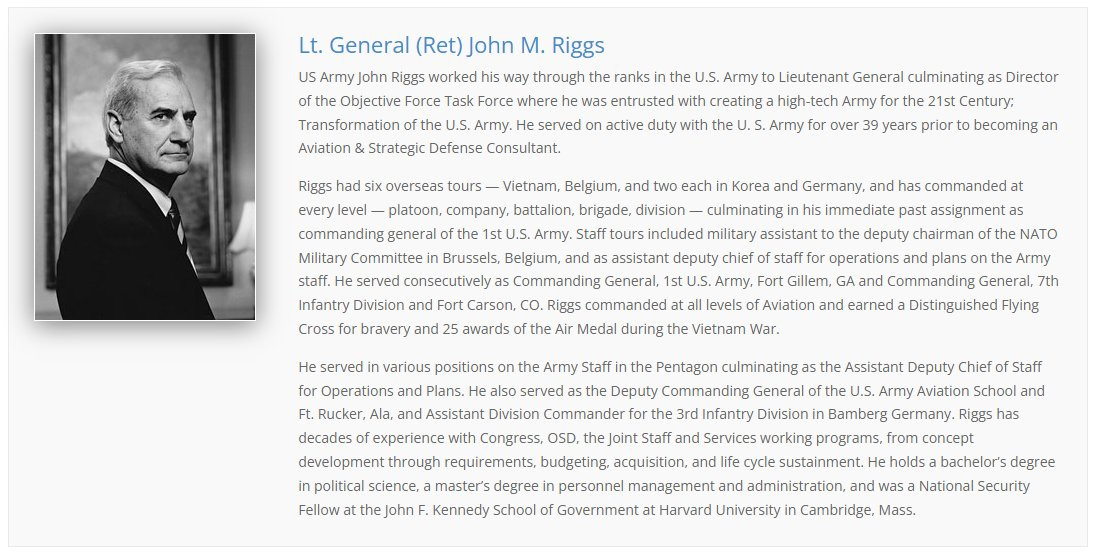
Reading a Baltimore Sun article about his "retirement", things that we can officially reference get even more interesting.
According to the article, Riggs was told by senior Army officials that he would be retired with a reduced rank because of "infractions considered so minor that they were not placed in his official record." The fact that a three-star General was abruptly and unceremoniously retired, losing a rank over something not even documented in his official record, suggests there may have been more significant underlying issues.
Additionally, Riggs was effectively told to leave immediately and was denied the traditional parade or celebration ceremony usually awarded to retiring Generals. The article notes how unusual this treatment was for an officer of his caliber, suggesting that the US Army does not typically punish and force high-ranking officers to retire over 'minor infractions.' It is more likely that whatever occurred was severe enough to demand action but sensitive enough not to be officially recorded.
The stated reason for his loss in rank was that he 'allowed outside contractors to perform work they were not supposed to do, creating an adverse command climate.' This could align with the claim of having an inappropriate relationship with a contractor subordinate and/or exposing her to extremely sensitive USAP material against security protocols.
Fascinatingly, there are more explosive reasons given further down the article for why the Lieutenant General could have been so aggressively administratively punished.
Furthermore, the article explicitly mentions that allegations of misconduct between the General and a contractor were being investigated by multiple entities. Although the claims were never substantiated by either Army CID or the Army Inspector General, Source 0 asserts that the Army CID was not primarily interested in the inappropriate relationship but needed additional information to build their case regarding other allegations. The article also notes that Riggs was questioned in a related criminal investigation, which corroborates Source 0's claims. Ultimately, the DOJ was unable to obtain the necessary access to the USAPs to gather the evidence required to prosecute Riggs, ending the investigation with no charges brought against him.
The involvement of the Army Criminal Investigation Division in investigating an alleged consensual relationship raises further questions. According to Army Regulation 195-2, the Army CID only involves itself in allegations of 'Adult Private Consensual Sexual Misconduct' (APCSM) when there are aggravating circumstances; otherwise, such matters would typically be investigated by the Army Inspector General.
What were the General's Assignments?
The Lieutenant General was tasked with transforming the US Army into a more high-tech fighting force, utilizing armored vehicles, drone aircraft, and sensors. It would make sense that a person tasked with such innovation for the largest military unit in the world would need access to the best and latest technology, wouldn't it? Source 0 suggests that this Objective Force Task Force (OFTF) was directly tied into the UAP-related SAPs, and that once Lieutenant General Riggs was retired, the unit name was changed. According to Source 0, the current name of this unit is the Multi-Domain Task Force. Source 0 also claims that during the course of his investigation, he discovered that exotic, advanced technology was being studied all over the world by labs, many of them being University Affiliated Research Centers (UARC). The implication is that the OFTF somehow integrated with these labs, performing analysis and engineering work or doing retrieval of craft/material.
Objective Force
According to a technical report hosted on the DTIC website titled Training Chrysalis: Applications of Special Forces Training in the Development of the Objective Force, the purpose of OFTF was to lead the development of the Objective Force and its FCS (Future Combat Systems).
Further documentation and information are available on the official record in the form of a report on the Objective Force and its importance in the Army Transformation campaign. This report, published in the Army AL&T magazine on the Objective Force and signed off by Lieutenant General John M. Riggs himself while Director of the OFTF, starts to connect a lot of dots.
The Army's main vision for the Objective Force was to create a force that was 'responsive, deployable, agile, versatile, lethal, survivable, and sustainable' anywhere in the world. Achieving this would require innovative technology developed from Army Materiel Command (AMC), Research, Development, and Engineering Centers (RDECs), and the Army Research Laboratory (ARL).
Furthermore, the article states:
"To focus on the Objective Force, the AMC Commanding General has established a Technology Integration Board (TIB) and an AMC OF Integrated Product Team (IPT). The TIB is composed of the Technical Directors from the AMC RDECs, the ARL Director, the AMC Deputy Chief of Staff for Research, Development and Acquisition (DCSRDA), and the Assistant DCSRDA/Science and Technology (S&T) Advisor. The TIB provides broad guidance to the AMC OF IPT."
and also
"Future Combat Systems (FCS) are essential to the Objective Force, and the AMC OF IPT is engaged in advancing three efforts to facilitate technology transfer between the AMC RDECs and FCS industry teams. These are a technical library, an overarching Cooperative Research and Development Agreement (CRADA), and a risk-management program. The following paragraphs describe each of these."
This describes setting up an umbrella, overarching CRADA to allow for inter-program transfer of technology and material from industry teams (private contractors) to the Army Materiel Command and then to research labs. This is expanded upon in more detail further on:
"The second effort is the overarching CRADA (Figure 2). The purpose is to standardize and streamline the business arrangements between the AMC RDECs and the FCS industry teams. The overarching CRADA will include corporate business arrangements common to all RDECs, yet will still provide flexibility to accommodate individual industry teams. Potential common business arrangements include exchange of data, trademarks, patents, inventions, joint inventions, and proprietary and protected information. Under the umbrella of the overarching CRADA, cooperative projects will be negotiated between the RDECs and FCS industry teams in coordination with AMC Headquarters. The cooperative projects will include business arrangements specific to the RDECs. Potential specific business arrangements include scope of work, personnel resources, transfer of funds, testing, and test facilities. The overarching CRADA will encourage government and industry teaming and will ensure equitable treatment for all participants."
The following diagrams are provided to help illustrate how this CRADA-AMC-Objective Force relationship would work.
It is important to note that the names of some of the Army's Research and Development commands have changed since the publication of this magazine article.
For example, TARDEC is now CCDCGVSC which stands for United States Army CCDC (Combat Capabilities Development Command) Ground Vehicle Systems Center.
The University Connection
Source 0 mentions that at least some of these Unacknowledged Special Access Programs are integrated within the University Affiliated Research Centers (UARCs), and that these exotic technologies are being studied and analyzed in nondescript commercial buildings. This connection can be officially referenced. The universities designated as UARCs to the Army specifically at the time of Source 0's investigation were:
University of Southern California: Institute for Creative Technologies
Georgia Institute of Technology: Georgia Tech Research Institute
University of California at Santa Barbara: Institute for Collaborative Biotechnologies
Massachusetts Institute of Technology: Institute for Soldier Nanotechnologies
All of these institutions boast that they are directly integrated with the Army Research Laboratory (ARL), Army Materiel Command (AMC), and other Army Research Centers:
MIT Institute for Soldier Nanotechnologies
Georgia Institute of Technology: Georgia Tech Research Institute
University of Southern California Institute for Creative Technologies
University of California Institute for Collaborative Biotechnologies
There is even a direct mention of one of these University Affiliated Research Centers (UARCs) in the context of the Objective Force within the Army AL&T magazine article.
If there were Objective Force Science and Technology (S&T) programs that were highly sensitive, involving exotic technologies, it would seem likely they would be within University Affiliated Research Centers (UARCs), according to the Army's own admitted organizational structure.
Another official reference point to Source 0's claim is mentioned: one of the locations of this exotic technology is at Research Triangle Park. That is the location of the Army Research Office (ARO), under the auspices of the Army Research Laboratory.
This is what the main building looks like at ARO: a normal-looking office building on the outside. However, all other buildings attached to the complex are interconnected with elevated walkways.
The building seems to have a high level of security based on the visit requirements and controlled infrastructure:
"Visits to ARL’s Army Research Office by U.S. and non-U.S. citizens must be sponsored by an ARL employee and coordinated by their sponsor with the ARO Security Office prior to the visitor’s anticipated arrival. All visitors will be escorted by their sponsor while at the facility except for those DoD military, DoD civilian, and DoD contractor personnel who have undergone at least a National Agency Check (NAC) type personnel security investigation."
Bringing the UAPs In
We've established through official documentation the following:
John M. Riggs was retired at a loss of rank, likely due to more severe reasons than stated on his official record.
The Army Criminal Investigation Division (CID) was involved in its own investigation of General Riggs for alleged felonies involving a contractor.
General John M. Riggs was assigned to the Director of the Objective Force Task Force (OFTF) at the time of his retirement.
OFTF was tasked with leading Army Transformation and Future Combat Systems (FCS) integration from Army Research Centers, Army Research Laboratory, and Army Materiel Command.
Army Research Centers are intertwined with private contractors and University Affiliated Research Centers (UARCs).
Objective Force Science and Technology (S&T) programs would have been embedded within the same research center/UARC structure.
There's a nondescript office building run by ARL's Army Research Office in Research Triangle, NC, that aligns exactly with Source 0's description and has a high level of security.
The last part of this story is that the actual material in which General Riggs exposed his contractor aide (that he may or may not have been having an affair with) was something of non-human origin. How could we possibly officially reference something like this? These programs are supposedly above the law and deeply classified. One way is to look at where something that was publicly alleged to be potentially "non-human" went when the government obtained it. This brings in TTSA (To The Stars Academy of Arts & Sciences). They obtained a piece of material that they believed to be of non-human origin, and through government contacts, former AATIP Director Lue Elizondo facilitated the transfer of this material into the US Army's hands.
We get a rare glimpse of what the US Government might do (normally in secret) when they get a chance to acquire exotic material.
Where did this Material get transferred to?

That's right, this material went (via CRADA) to the US Army's Combat Capabilities Development Command's Ground Vehicle Systems Center (CCDC GVSC). This research command was mentioned in connection with the Objective Force and, therefore, the Objective Force Task Force. This was handled under the same cooperative agreement umbrella. This suggests that this system and research structure were still in use as of at least 2019 and that it involves exotic material.
Taking it a step further, the MIT Lincoln Laboratory, which is a University Affiliated Research Center (UARC), works directly with this Army Research Center:
"MIT Lincoln Laboratory is working with the Army Ground Vehicle System Center to prototype and demonstrate autonomy concepts that leverage recent advances in computation, machine learning, and artificial intelligence. A key element of this research effort, called Autonomous Mobility Through Intelligence Collaboration (AMIC), is adopting a data-driven approach to autonomy development."
There is another extremely relevant and important connection.
These research centers and their organizational structures have undergone several reworkings, updates, and consolidations since the time of the Objective Force Task Force. We can track a lot of this.
Army Research, Development, and Engineering Centers were originally under REDCOM (Research, Development, Engineering Command). The management of this Command then transitioned from Army Materiel Command (AMC) into the newly formed Army Futures Command in 2019:
"ABERDEEN PROVING GROUND, Md. -- The Army Materiel Command (AMC) and Army Futures Command (AFC) held a ceremony on Jan. 31, transitioning the U.S. Army Research, Development and Engineering Command (RDECOM) from AMC to AFC. The official date of the transfer is Feb. 3, during which RDECOM will be renamed the Combat Capabilities Development Command."
This transition was part of a move to modernize the army and mentions Multi-Domain. According to Source 0, MDTF (Multi Domain Task Force) is the new OFTF name.
"CCDC joining AFC is the next step in the Army's effort to transform its approach to modernizing critical core capabilities that will give Soldiers and allies a decisive edge in battle. As the modernization strategy focuses on delivering capabilities to support Multi-Domain Operations by 2028, CCDC will maintain a balance between scientific research to support MDO and technology that may not be developed until 2050 or beyond."
Next, the article states the following:
"To prepare for the move to AFC, CCDC S&T advisors engaged with the Modernization Task Force, which became the AFC Headquarters, and the Cross Functional Teams to help drive the modernization process. The CFTs are composed of subject matter experts from the requirements, acquisition, science and technology, test and evaluation, resourcing, contracting, cost and sustainment communities."
Coronel Karl Nell became Modernization Advisor to Army Futures Command in 2018. It is likely he was part of this Modernization Task Force as Nell himself asserts he was a 'key contributor' to the process and reported directly to the Vice Chief of Staff. Karl Nell was then chosen for a position on the UAPTF in 2021-2022 as the US Army liaison.
Why was he chosen out of all individuals in the US Army? Was it because he had direct access to the programs under the Army Futures Command (which included all of the University Affiliated Research Center embedded Objective Force Task Force, now Multi Domain Science and Technology programs)?
Karl Nell now publicly states that he has Zero Doubt that non-human intelligence exists and asserts that on video and in print.
“His assertion concerning the existence of a terrestrial arms race occurring sub-rosa over the past eighty years focused on reverse engineering technologies of unknown origin is fundamentally correct, as is the indisputable realization that at least some of these technologies of unknown origin derive from non-human intelligence,” said Karl Nell, the retired Army Colonel who worked with Grusch on the UAP Task Force.
One of the reporters of @Debriefmedia article has gone on the record saying that Nell had first-hand information to UAP reverse engineering programs.
Conclusion
The case of Source 0 and their testimony about the investigation into Lieutenant General John M. Riggs unveils a complex web of classified military programs, advanced technologies, and potential felonies hidden under the guise of national security. The documentation and testimonies support the notion that highly sensitive Unacknowledged Aerial Phenomena (UAP)-related Special Access Programs (SAPs) exist and are protected to the extent that they may be above standard legal and judicial processes.
The involvement of University Affiliated Research Centers (UARCs) in studying these advanced technologies highlights the extensive collaboration between the military and academic institutions, reinforcing the credibility of these claims. While the specifics of the technologies and incidents remain classified, the connections drawn from official records, witness testimonies, and investigative reports provide a compelling narrative of deep, possibly non-human, technological advancements being shielded from public and legal scrutiny.
Respecting the anonymity and privacy of witnesses like Source 0 is paramount, as their revelations contribute significantly to understanding these hidden aspects of military research.




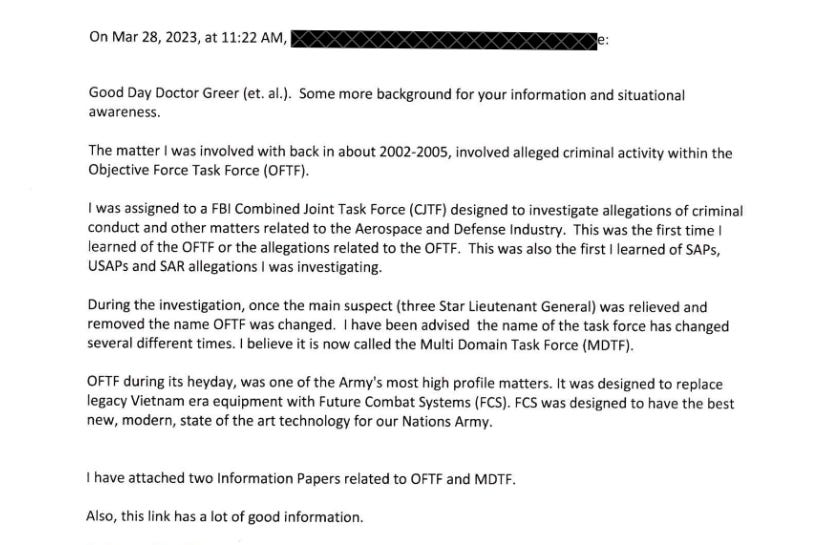
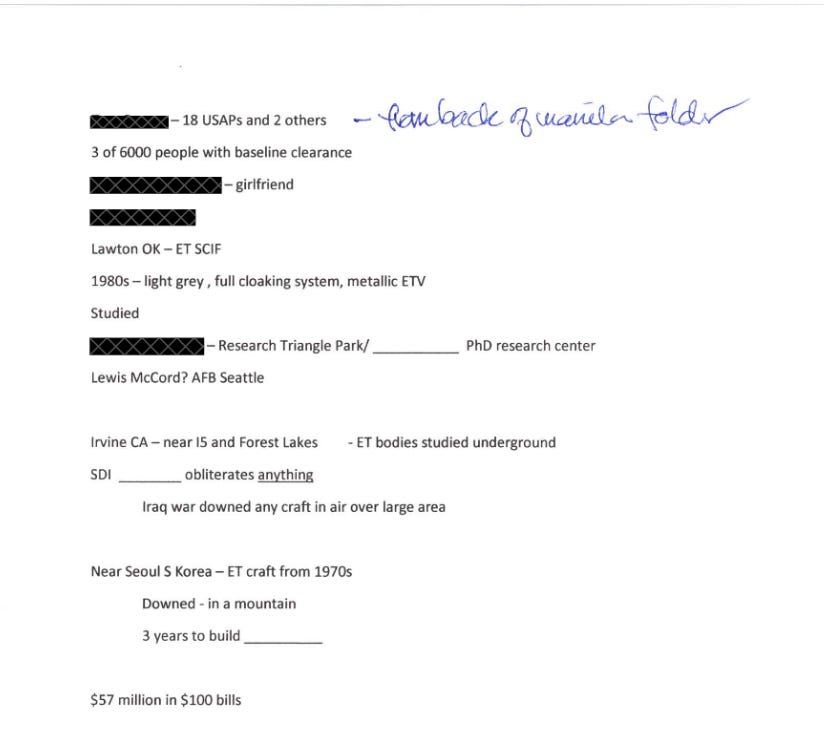
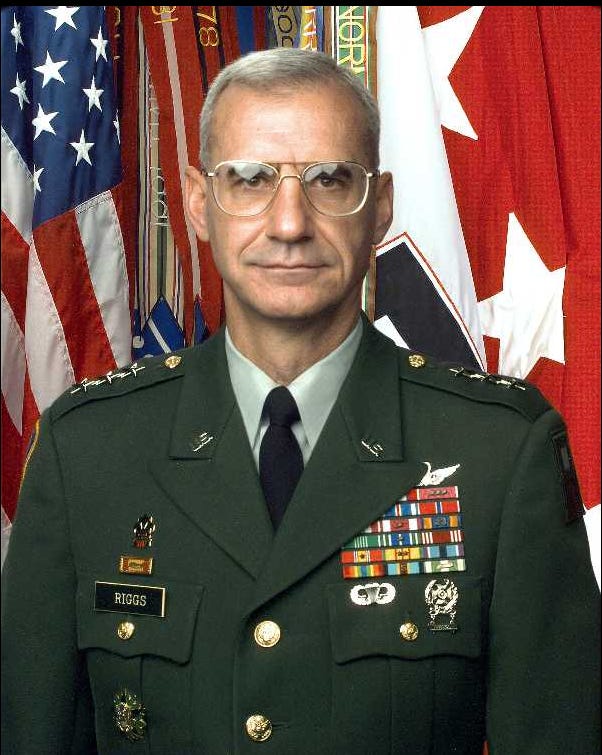

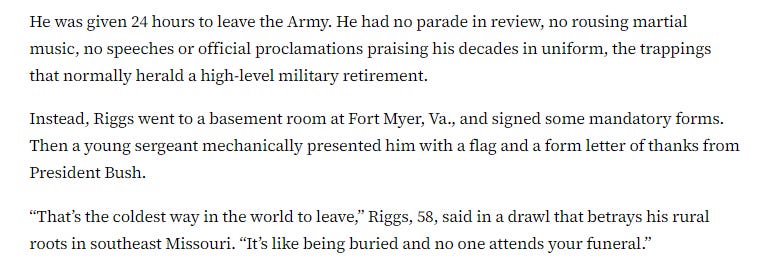

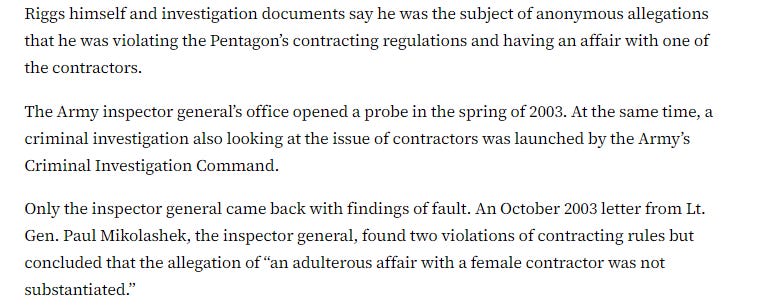


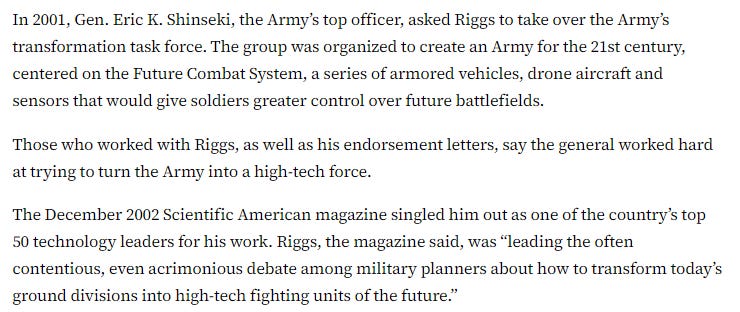
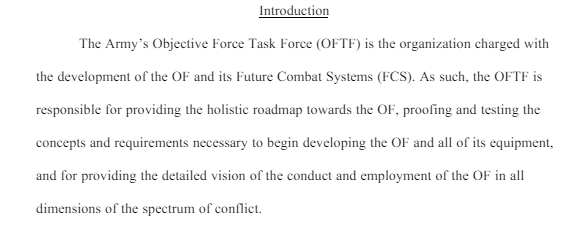

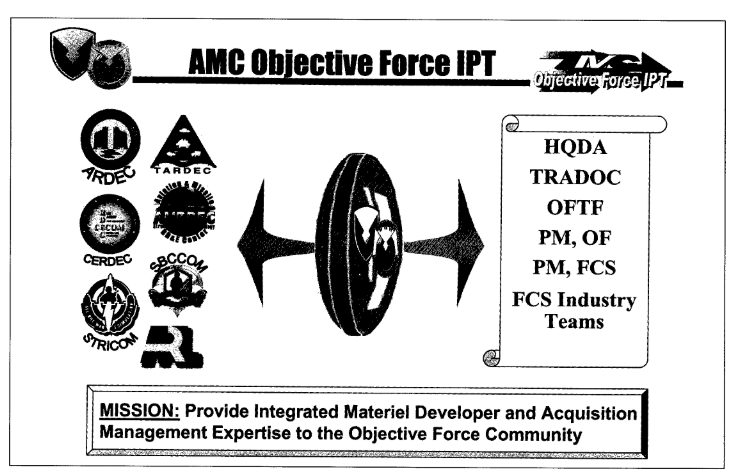
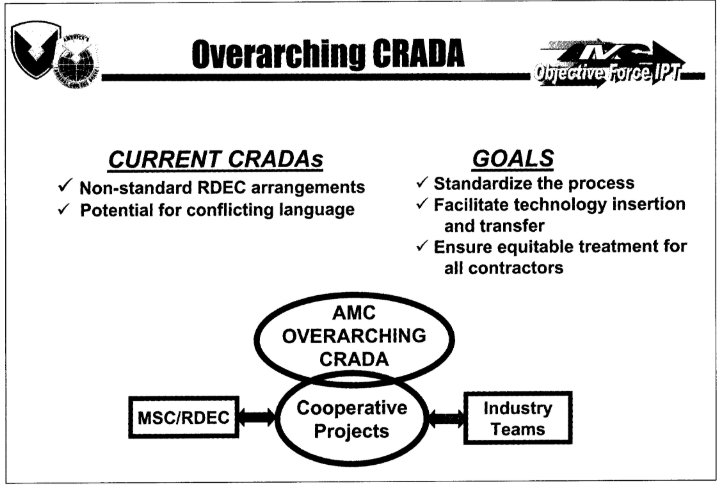




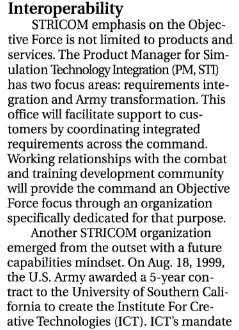


This! Incredible research. Thank you! How this is not being discussed more astounds me. This is how disclosure happens. People like you connecting it all and mapping it out for us.